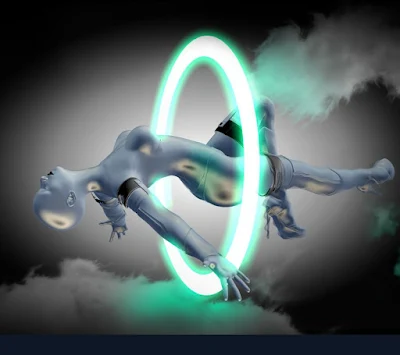Imagine waking up in a country where the rights you believed were secure are suddenly stripped away—where political leaders openly support ideologies that divide the country. Pitting each citizen against the other. Believe it or not, as social tensions grow, this scenario is not a far-off base. Because for many this is strangely becoming an unsettling reality unfolding in October 2024. The question many ask is, how did we get here?
In recent years, the national narrative has increasingly revolved around issues of race, gender orientation, and power. A growing segment of the American populace, predominantly white and conservative, supports political movements that many argue give permission to embrace outdated beliefs—whether it's supporting racism, limiting women's rights, or stripping voting rights from minorities. Figures like Donald Trump and J.D. Vance have encouraged these philosophies, driving us into a period where deception isn't just endured however celebrated. With their introduction of Project 2025, which plans to destroy the U.S. By dividing it by race and restore unfair strategies suggestive of the Jim Crow period, just adds to the developing trepidation that America is relapsing.
In any case, what has caused this change in 2024? For what reason can we say we are seeing a resurgence of perilous belief systems that take steps to undo decades of progress?
The allure of these backward thoughts originates from a feeling of dread toward change — an apprehension about losing power and identity. For some in this gathering, America addresses something that is being lost: a dominatingly white, Christian country that once held unchallenged power. As the nation grows and develops more different, diverse, and moderate, with women, minorities, and LGBTQ+ communities group acquiring more rights and privileges, America’s once dominate group of white males, population feels increasingly alienated.
Project 2025 serves as a political manifesto that promises to "take America back." This manifesto taps into an old long desire to return to a time when “privilege” and power were concentrated in a few hands. And where a toxic mix of racism, misogyny, and authoritarianism had its strength.
I remember a time when politics didn’t feel like a battleground for human rights. Growing up in a diverse neighborhood, I had friends from all walks of life, and we never thought twice about our differences. But as I got older, I noticed the undercurrents of division creeping in, especially during election cycles. People who once cared about fairness and equality began parroting slogans about "making America great again," and I realized we weren’t just fighting over policies—we were fighting over who belonged in America.
In 2024, that division has deepened. The ghost of Jim Crow is no longer a shadow in history books but a living, breathing threat in today’s America. It feels almost paranormal—like an eerie force from the past that refuses to stay buried. And the scariest part? There’s no silver bullet to stop it. Instead, it thrives on fear and misinformation, weaving its way through social media and political speeches, resurrecting hate in the hearts of ordinary people.
If this trend continues, what does it mean for the future of America? Might it be said that we are all doomed to relive the horrors of a segregated, divided past? Or can we push back against these regressive ideologies before they gain too much ground?
The resurgence of racism and bigotry in 2024 may seem inevitable, but it’s not unstoppable. Grassroots movements, progressive politicians, and activists are fighting hard to protect the rights of women, people of color, and other marginalized groups. Yet, the sheer number of people who support a return to discriminatory policies is staggering. They believe in the lies their leaders tell them, prioritizing power over truth. It’s not just about racism or sexism; it’s about preserving an old order—one where white supremacy and male dominance were the status quo.
This brings us to a larger, more existential question: Is America’s future one where we repeat the mistakes of the past, or can we learn from them? The battle for the soul of America is not just political; it’s moral and cultural. Every citizen must decide where they stand.
In October 2024, America stands at a crossroads. On one side is a dream representing things to come that embraces diversity, equality, and progress. On the other side is a dark path back to Jim Crow-era policies, where division and fear dominated. The battle lines have been drawn, and it’s up to all of us to decide which side of history we want to be on.
As we navigate this moment in history, it’s crucial to remember that we’ve been here before. America has seen dark times, but we’ve also seen the light. The question is: will we let the past haunt us like a ghost that refuses to let go, or will we move forward, toward a future that truly honors the ideals of freedom and equality for all?
Now more than ever, the choices we make matter, and the fight for the future of America is far from over. The ghosts of the past are knocking—but we don’t have to let them in.
















